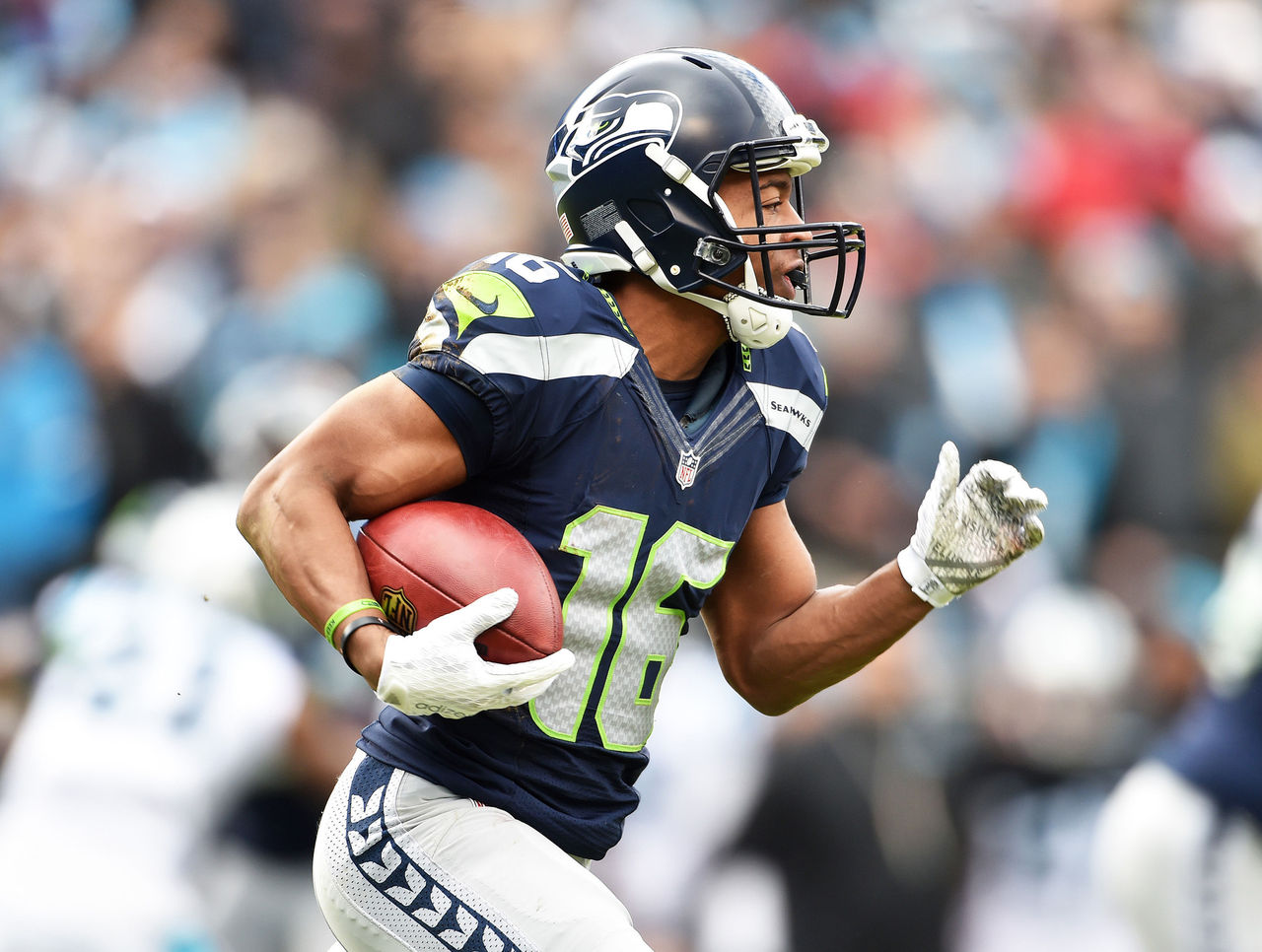Why you might still need to draft an RB first
The widespread adaptation of the Zero RB strategy has, to varying degrees, created the opportunity to snag quality running backs at great discounts. With more and more owners focused on loading up on top-flight wide receivers, it has created a market inefficiency where mid-level receivers are now being selected over elite running backs.
Last season, six receivers recorded at least 200 standard-scoring fantasy points; just three running backs accomplished the feat. This was in stark contrast to previous seasons, as so many of the top-tier running backs fell to injury in 2015.
| Year | No. of RBs | No. of WRs |
|---|---|---|
| 2015 | 3 | 6 |
| 2014 | 8 | 6 |
| 2013 | 9 | 6 |
| 2012 | 10 | 5 |
| 2011 | 6 | 4 |
| 2010 | 13 | 2 |
With rival owners adopting the Zero RB approach for 2016 due to the fallout of 2015's bloodbath at the position, there is plenty of opportunity to secure elite talent at running back.
Additionally, last season illustrated the plethora of top-flight wide receivers available to owners. Eighteen receivers posted at least 150 fantasy points in 2015, with the number not including perennial top performers Jordy Nelson and Keenan Allen, who spent all or most of last season injured.
Per FantasyPros, there are 10 receivers, 11 running backs, one tight end and one quarterback going in the first two rounds of standard, 12-team drafts. There are 11 WRs, eight RBs, three QBs and two TEs going in the next 24 picks. With fewer running backs available later on, using a first pick on a running back may still be essential.
With less safety available at running back than any other position, owners should take a running back first, then stock up on elite receivers with their next three to four picks.

An added benefit of going RB-heavy early on is that it handicaps the owners who are using the Zero RB strategy. By selecting an elite running back, switching over to grab some quality receivers and then switching back to scoop up your opponent's pre-planned RB picks and handcuffs much earlier in the draft, other owners are left scrambling for replacement options.
By taking pass-catching running backs like San Diego's Danny Woodhead, Philadelphia's Darren Sproles or Cleveland's Duke Johnson a round or two above their respective ADPs, drafters can lock up players with guaranteed playing time at greatly reduced prices in standard leagues.
Similarly, scooping up the top handcuff options a round or two above their respective ADPs gives owners first dibs on the top talent waiting in the wings.
While owners may need to wait at least a couple of weeks for these players to receive an opportunity as their team's principal back, the potential is there. Target teams with a head coach who has declared a desire for a running-back-by-committee approach, and those who could still receive ample playing time even if the player in front of them doesn't sustain injury.

The clear issue all this presents is it may leave owners relatively weak at wide receiver. Owners should be sure to still grab an elite receiver at the top of the draft, before potentially alternating picks in order to fill out a roster. Remember, as other owners clamor to stock up at receiver, the overall quality of the player pool decreases for all involved.
Owners should have tiered rankings and be ready to draft based on positional need when they notice particular tiers beginning to empty.
Be sure to lock down enough receivers before the bottom of the draft, as late-round lottery tickets are best spent on running backs.